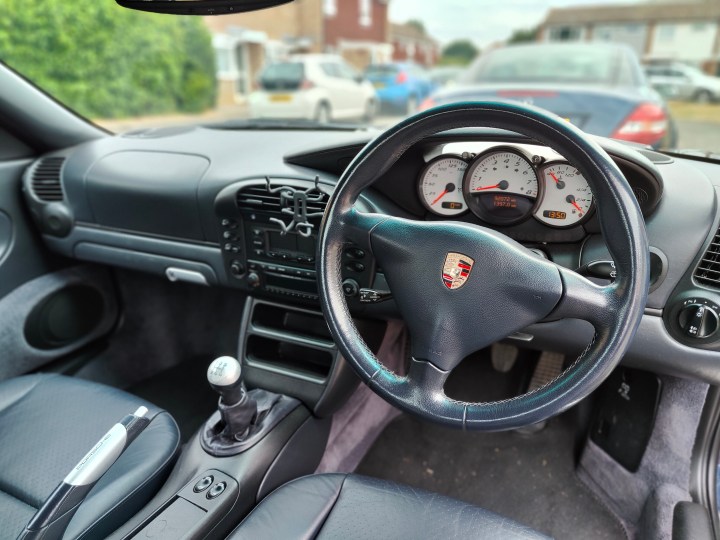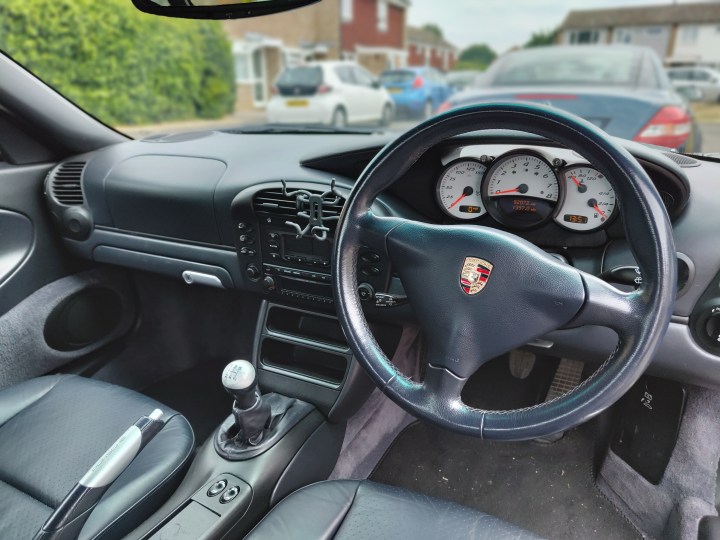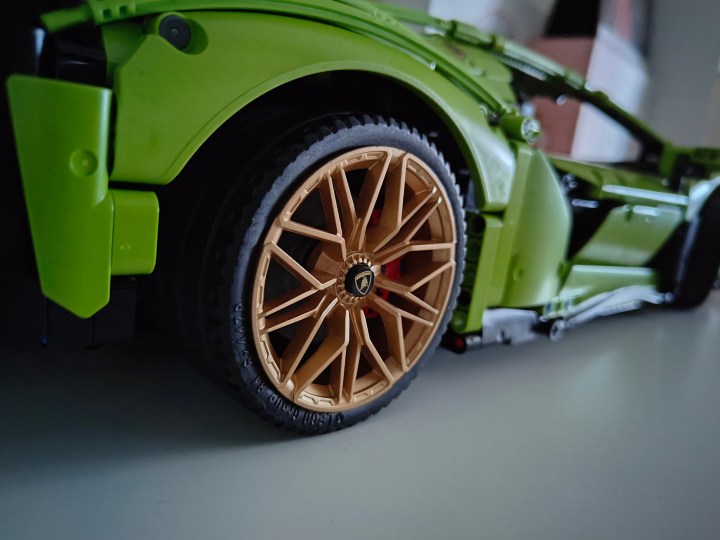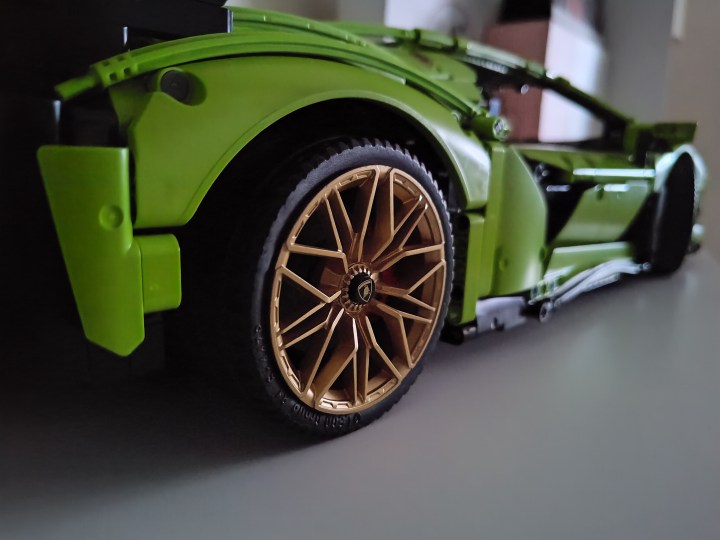The OnePlus 10T is the first new phone to come from OnePlus since former co-founder Carl Pei launched his company’s first phone, the Nothing Phone 1. The OnePlus 10T is more expensive than the Nothing Phone 1, yet isn’t as stylish and doesn’t share the same materials, but there are some similarities in the cameras. Putting Pei’s former company’s new phone against his own seemed like an opportunity too good to miss, so which has the better camera?
OnePlus 10T and Nothing Phone 1 camera specs
The OnePlus 10T has a 50-megapixel Sony IMX766 main camera, with optical image stabilization (OIS), plus an 8MP wide-angle camera and a basic 2MP macro camera. The Nothing Phone 1 also has a 50MP Sony IMX766 main camera with OIS, but it’s joined by a 50MP wide-angle camera and entirely foregoes a third camera. On the front of both is a 16MP selfie camera.
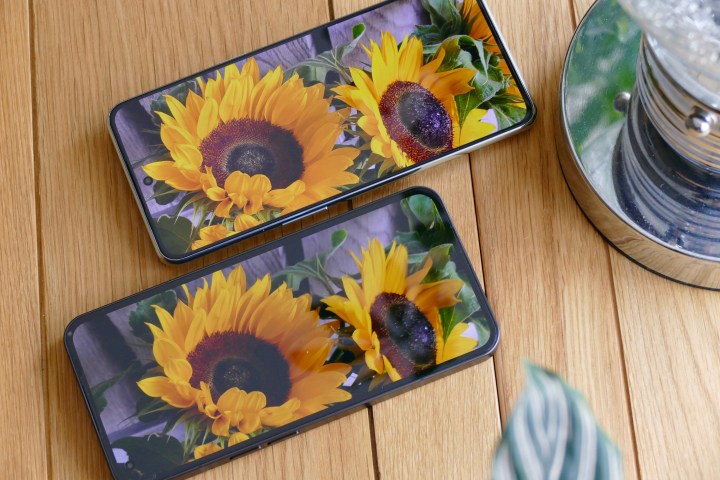
What makes this test interesting is seeing the differences not only in the way both companies tune the same main camera, but also in how the different processors assist with image reproduction. The Snapdragon 8+ Gen 1 in the OnePlus 10T is the top chip available from maker Qualcomm, while the Nothing Phone 1 has a mid-range Snapdragon 778G processor.

Outside of the camera and processor, the OnePlus 10T has a 6.7-inch screen and costs $649 or 629 British pounds, while the Phone 1 has a 6.5-inch screen, the fun Glyph lighting on the back, and it costs 399 pounds (around $485). The photos were all taken in auto mode and allowed to focus naturally, apart from the Portrait mode shot where a tap on the screen set the focal point. All photos have been resized for easier viewing here but were assessed beforehand on a color-calibrated monitor.
Main camera
Remember, these photos are taken with the same camera, just fitted to two different phones, and the results illustrate how software tuning affects performance. The photo of the pub really shows how each company has approached the camera’s style. OnePlus has upped the brightness and saturation, going for a more instantly shareable look than the toned-down, realistic look from the Nothing Phone 1. Zoom in, and the harsher OnePlus photo loses detail at the expense of the higher contrast, and there’s obvious edge enhancement on the overhead cable and the chimneys.
- 1. OnePlus 10T
- 2. Nothing Phone 1
The photo of the sunflowers continues some of these themes, with the OnePlus’s photo obviously brighter and more colorful. The Nothing Phone 1’s photo isn’t as vibrant, and the exposure means some of the detail is lost in shadow. But worse is the background blur, which is quite intrusive as it covers the sunflower petals. While the first photo favored the Nothing Phone 1, the OnePlus 10T took the better photo here, and it’s the one I’d want to share.
- 1. OnePlus 10T
- 2. Nothing Phone 1
Let’s look at a third photo, this time taken in bright sunshine. The OnePlus 10T’s photo is more colorful with higher contrast levels, but there’s lens flare and the focus is biased towards the logs and background rather than the letters. The Nothing Phone 1’s photo is more realistically colored with a warmer tone, and the letters are more detailed and in focus when you zoom in. There’s no lens flare, but the background is more blurred than I’d prefer.
- 1. OnePlus 10T
- 2. Nothing Phone 1
Choosing a winner here is difficult. Neither camera has an obvious edge over the other. The OnePlus 10T struggles at a technical level with more digital enhancements visible, but the Nothing Phone 1’s photos aren’t faultless either. Forced to choose, I will go to the
Winner: OnePlus 10T
Wide-angle camera
There’s a big difference between the megapixel count on these two wide-angle cameras, but will this see the Nothing Phone 1 take control of the shootout? The first photo of a field of wheat initially looks bad for the Nothing Phone 1 as it’s robbed of the golden color visible in the OnePlus 10T’s image. But when you zoom in, there are masses more detail in the Nothing Phone 1’s image, plus there’s noticeable noise in the clouds and sky.
- 1. OnePlus 10T
- 2. Nothing Phone 1 wide angle
The second photo emphasizes the difference further, with the Nothing Phone 1’s higher megapixel count bringing out a lot more detail, sharpness, and natural color. The OnePlus 10T’s photo may be brighter, but the quality is poor when compared to the Phone 1’s image.
- 1. OnePlus 10T
- 2. Nothing Phone 1
OnePlus’s decision to put a low-megapixel wide-angle camera on the 10T hurts it, and the low-quality photos it produces mean it won’t get used much. The Nothing Phone 1’s wide-angle camera lacks vibrance, but that can be fixed with editing, while the lack of detail cannot be changed. It gets the win here.
Winner: Nothing Phone 1
2x zoom
Neither phone has an optical zoom feature, but both apps provide a shortcut to a 2x digital zoom mode, tempting people into using it. Neither are good, with problems on both sides. The Nothing Phone 1 overexposes — and in doing so — can reveal a little more detail, and the overall focus is better than the OnePlus 10T’s attempts. But with this comes noise, which is also evident in the OnePlus 10T’s photos, along with more edge enhancement.
- 1. OnePlus 10T
- 2. Nothing Phone 1
I’d recommend not using the feature at all, but the Nothing Phone 1’s better focus and softer handling of colors makes its photos look more realistic and less processed than the OnePlus 10T’s images, so it gets the win. But only just.
Winner: Nothing Phone 1
Portrait mode
Wondering if the Snapdragon 8+ Gen 1 gives the OnePlus 10T an advantage when it comes to edge recognition in portrait mode? It does, but not by much, as both phones have excellent edge recognition — even in challenging situations. For this photo of the car interior, I manually tapped on the screen to focus on the steering wheel, leaving the phone to work out the rest.
- 1. OnePlus 10T
- 2. Nothing Phone 1
Both do very well, understanding the rim is part of the foreground for a start, and that the peddles are not. The OnePlus 10T has a stronger blur effect by default, and it manages to improve over the Nothing Phone 1 by recognizing the areas between the spokes on the wheel should be blurred, too. The Nothing Phone 1 almost gets it right, but the
Winner: OnePlus 10T
Night mode
This was shot in an almost dark room at night, with only some natural light coming in through a window. There’s one main difference between the night mode on both these phones: The OnePlus 10T takes slightly brighter photos compared to the Phone 1, where you see a little more realistic color reproduction. However, neither is strictly better than the other, as the Nothing Phone 1’s night mode takes more natural photos in low light, leading to a little more atmosphere.
- 1. OnePlus 10T
- 2. Nothing Phone 1
Look past the differences in brightness and detail is almost identical, too. The OnePlus 10T smoothes out photos more than the Phone 1, where there is a little more noise. However, all the differences are slight, and both take acceptable lowlight photos.
Winner: Tie
Portrait selfie
Despite both having a 16MP front camera, the selfies taken are quite different. The Nothing Phone 1 smooths skin and washes out skin tones, and while the result isn’t awful, the lack of detail is far more of a problem. It’s a very different photo compared to the OnePlus 10T, which contains a lot more detail and doesn’t wash my skin out as much.
- 1. OnePlus 10T
- 2. Nothing Phone 1
The portrait effect is very similar, but the OnePlus 10T does have better depth than the Nothing Phone 1 and offers fewer jagged edges around the side of my face. The same problems showed up with the Nothing Phone 1’s selfie camera when we put it up against the iPhone 11, too.
Winner: OnePlus 10T
A closer battle than it should be
It’s a really close battle, with the OnePlus 10T taking three overall wins, the Nothing Phone 1 only taking two, and one category resulting in a draw. When you look at each camera mode test here, most ended up being very close, with neither phone really pulling far ahead of the other. OnePlus’s decision to drop the Hasselblad tuning for the
While the OnePlus 10T has taken the win, you should remember it’s the more expensive phone here. In the U.K., where the Phone 1 is available, it costs 399 British pounds (or about $480), while the
Editors' Recommendations
- I did a OnePlus 12 vs. OnePlus 12R camera test, and there’s a big difference
- The OnePlus 12 is the OnePlus phone I’ve been waiting for
- If you like Genshin Impact, you’ll love this new OnePlus phone
- Don’t buy a Galaxy S24 Ultra or iPhone 15 Pro Max. Do this instead
- I have the OnePlus 12. Here’s why you should be excited about it













